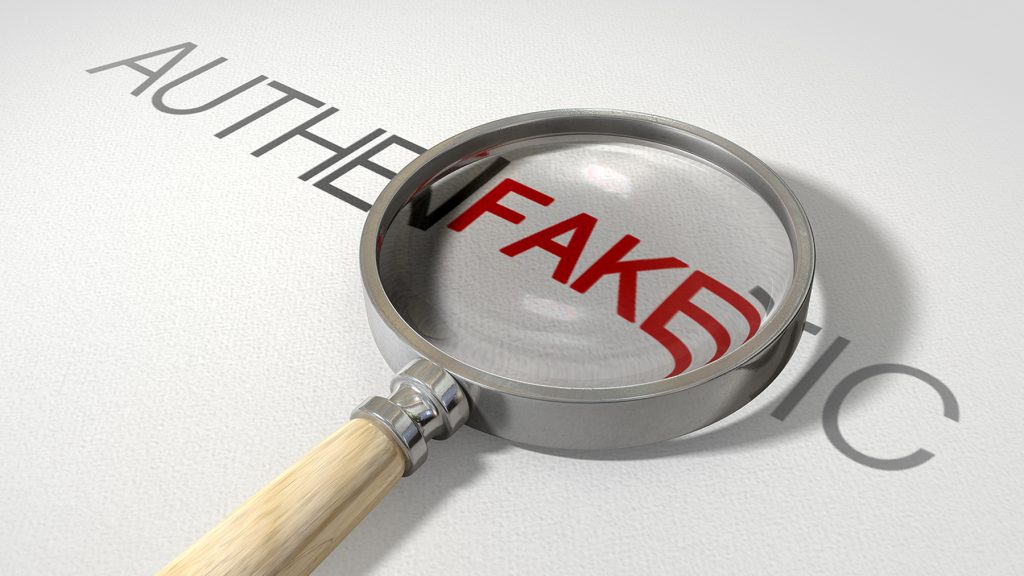To combat counterfeiting, brand owners must establish a multi-platform strategy that covers all bases. In order to establish a successful approach, a thorough examination of current counterfeiting patterns is required. Here are a few examples of such trends:
- Counterfeiters have been forced to retreat from China’s developed coastal districts to the developing sections of the country’s interior provinces, or to relocate to Southeast Asia, due to rising labor and land expenses, as well as increased operational risk.
- Counterfeiters are adopting a zero-inventory strategy. Upon completion of production, the exact amount of goods ordered will be created and shipped out almost soon. Counterfeiters can use this approach to keep little or no inventory on hand, making it harder to catch a counterfeiter with a huge inventory of finished counterfeit products. One of the most important aspects of a successful raid operation is timing.
- To sell their counterfeit goods, the majority of counterfeiters have switched to online markets. The Internet has become a major medium for the marketing and sale of counterfeit goods. To avoid brand owners’ monitoring, counterfeiters are using social media and traditional online shopping channels to reach end consumers.
- Many counterfeit products are sold on cross-border internet marketplaces and distributed in tiny quantities via courier services. It is nearly impossible for customs to analyze millions of boxes every day in order to distinguish fakes from legitimate packages. Even if a test purchase is possible, counterfeiters always utilize fake addresses on shipping documents to avoid having their items tracked back to them.
These factors are thought to have contributed to a decline in the amount of customs seizures and criminal prosecutions in traditional hotspots experienced by most brand owners in recent years. Nonetheless, many brand owners continue to use existing approaches to combat counterfeits, such as:
- enlisting the services of private investigators to search for hidden factories, warehouses, and retail locations;
- collaborating with online monitoring service providers to enforce internet platforms and remove counterfeit listings; and
- Customs is holding product training seminars and focusing their efforts on stopping massive shipments of counterfeit goods.
Joining industrial lobby groups to make their voice known and creating an affordable internal internet monitoring program is a realistic choice for start-ups with a minimal brand protection budget. For medium-sized enterprises with limited budgets, proactively collaborating with industry stakeholders for joint action against the shared enemy is recommended. Big multinationals with a lot of resources are in a good position to advocate for legislative changes and best practices, as well as to carry out active enforcement programs in collaboration with law enforcement and private investigators.
Creating a specialized database
Brand owners want a specialized database to compile all relevant data on the production and sale of counterfeit goods in the business. When enough items are collected, a database like this can be used to create a roadmap for the counterfeiting network’s operations, such as:
- where the raw materials or parts are procured;
- where counterfeits are produced or assembled;
- through which ports the counterfeit products are exported or imported; and
- on which online and offline marketplaces the products are offered for sale.
Naturally, all the details of previously raided or known counterfeiters are input in the database. Entries should also include:
- any pertinent information gathered from historical investigations and raid action;
- sightings of informants;
- online monitoring programs;
- reports from local sales teams and customers;
- complaints filed by distributors and end-users; and
- information shared by other major players within the industry.
Developing an online monitoring system
Most counterfeiters have gone online in recent years, which is a well-known fact. In order to make educated decisions in the fight against counterfeiters, brand owners must first map out the landscape. The scope of monitoring will eventually extend to the second tier – recently formed or regional online platforms, with priority given to prominent online platforms.
In practice, many brands choose to outsource the program to internet monitoring service providers, some of which depend heavily on artificial intelligence to spot suspect listings and file complaints to have them removed. In the detection of simple counterfeits, this method has proven to be both time and cost-effective.
Major online platforms have also created their own anti-counterfeiting programs and initiatives to assist brand owners in combating counterfeiting. Brand owners are advised to take full advantage of these programs and collaborate closely with the platforms’ IP protection team in identifying major targets, collaborating with offline investigations (including evidence collecting), and planning cooperative enforcement measures.
To keep up with the ever-changing counterfeiting scene, brand owners must regularly examine their anti-counterfeiting strategies. Brand owners must design a multiplatform strategy to cover all bases, prevent counterfeiting, and battle counterfeits more effectively.
You can find the list of China IP Firms here.

